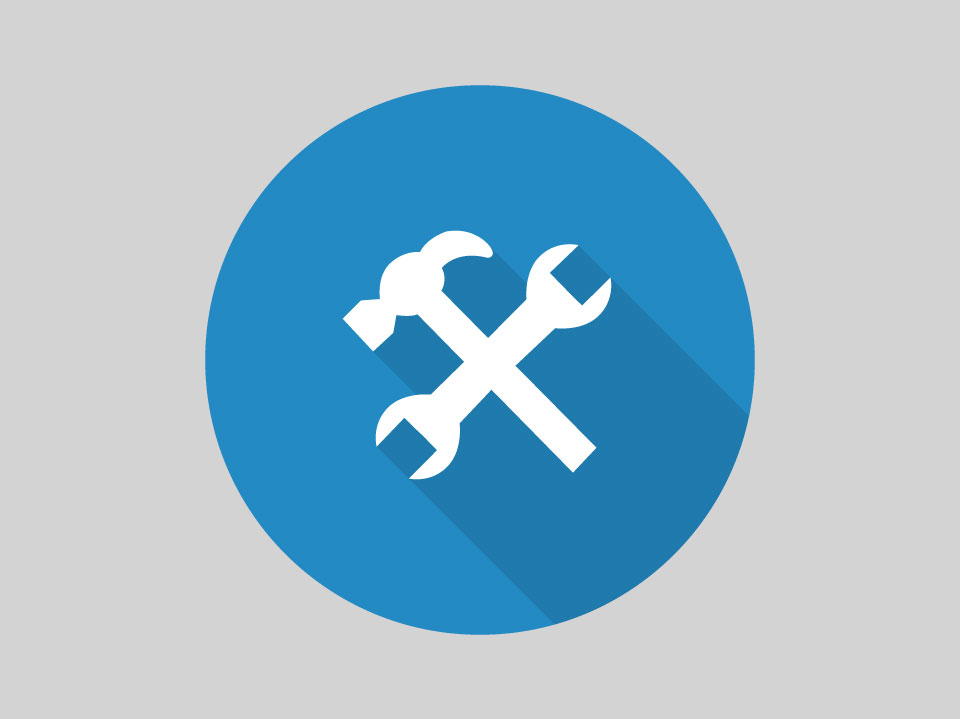4 Tips for Successful Collaboration While Working From Home
Here at Blueprint, we've always had a distributed team with some of our employees working remotely everyday. As a result, we've always had the tools to help us maximize productivity, maintain collaboration and a sense of togetherness - whether we're in the office or not.
Due to the current pandemic, all Blueprinters are now working from home full-time. And while working from home is completely new for some of us, we've settled into our new normal quite well and wanted to share some of our collaboration and productivity hacks that have helped us make the best out of the situation we're all in.
So I asked around (posted a message in our all-company Slack channel), and here are our top 4 tips to help teams maintain collaboration while working remotely together:
1. Create spaces for online team collaboration
We all agreed - creating a team-oriented environment is essential. Here are a few of the things we did to create that type of environment:
Create a virtual coffee station
In the physical workplace, you can't help but bump into people around the office. There's evidence that suggests that these casual run-ins help build relationships and improve team productivity. When you work remotely, you obviously don't have this same level of interaction and can miss out on opportunities to build relationships. So it's essential to try and recreate this environment using digital collaboration tools.
To encourage this type of engagement, at Blueprint created a virtual coffee station - this is where we usually gather for a quick chat - that helps our team members stay connected. We set up our virtual coffee station as a channel in Slack and use it to share exciting personal news (for example, celebrate work anniversaries or personal achievements like finishing a 1000 piece puzzle), ask questions, share funny internet content, and just generally blow off steam.
Make project management easier
If you're not already using a project management system, then you'll find leveraging one while working remotely to be a huge relief. A project management tool allows you to assign team members to task, which improves accountability. Also, tasks and projects can be assigned ahead of time so everyone knows what they're working on for the next week or month, boosting productivity.
While not all of our teams use the same project management tool, we all agree that having tasks planned out in advance helps us manage our responsibilities because deliverables and deadlines are all clearly communicated. In addition, we can have conversations and leave comments about the task at hand within our tools, helping keep everyone on the same page and focused on the task at hand.
2. Set up communication systems for remote collaboration
Communication is essential. especially when all your team members are working remotely. The key to driving effective collaboration with remote teams is to set up the right communication systems.
If you haven't already realized - although I'm sure you soon will - email isn't always the best tool for facilitating effective communication. Too many emails can lead to an inbox backlog; leading to overwhelmed and distracted workers. Also, once your inbox becomes too cluttered it becomes difficult to track task progress and feedback.
In this case, tools that support quick back-and-forth conversations and a more effective feedback loop are better for facilitating remote collaboration. Not only are they faster, they're also more efficient. Here are a couple platforms that we've been using at Blueprint to make collaboration simple:
- Real-time chat: Instantly connect with colleagues, have quick interactions, and ask urgent questions
- Video chat: Great for conversations that are more complex or require constructive feedback
- Blueprint's Collaboration Hub: Collaborate in real-time with in-line conversations to optimize alignment and operational speed
3. Keep meetings predictable and to a minimum
At their best, meetings are motivating and help align a team to push projects, initiatives, and ideas forward. But too often we leave a meeting thinking "that could've been an email". When working remotely it's important to schedule meetings as needed and in advance so that they can actually boost team productivity and minimize unnecessary distractions. In addition, it's helpful to include a meeting agenda in your calendar invite to ensure everyone knows the intended discussion items and outcome of the meeting and can be prepared ahead of time. This way your team can focus on their projects and deliver greater value.
At Blueprint, to ensure the entire company stays aligned on projects, initiatives, and ideas we've set up a few recurring meetings. Here are a few examples:
- Daily Check-Ins: They say it's best to keep a routine, so most teams host a daily stand-up over a video call. These quick meetings help set the agenda for the day and provide feedback and resources for team members as needed. It helps get the day started on the right foot.
- Bi-weekly Zoom Party: While the first 15 minutes are hijacked by the leadership team to fill us all in on current and/or upcoming projects, initiatives, and ideas, we use the rest of the time to chat, play games, and just generally blow off some steam.
- Monthly All-Company: These are formal meetings with a designated leader, agenda, and time-limit. Their purpose is to inform everyone on company updates, company successes, goals, and other work-related stuff.
These three examples are things that everyone at the company participates in. We've found that by hosting these tiered meetings we enable effective collaboration within our own teams, but also with people outside of your department. They help us be productive, precise, and engaged.
4. Focus on outcomes
When everyone is working remotely, it's impossible to manage every aspect of their work. For leaders, it's important to ensure your team has the right resources to get their work done and to get it done properly. Rather than focusing on activity or hours worked, focus on the outcomes and measure your team accordingly.
To accurately measure this, it may be worthwhile to revisit your teams goals. Something that a couple of leaders have done at Blueprint is encourage their team members to re-evaluate their performance goals so that they can more accurately reflect this new normal. This helps build transparency, boost productivity, and accurately measure the value of work being produced.
Use these tips to help team collaboration while working remotely
Now that you know how to foster a culture of collaboration within your remote organization, you can leverage some of these ideas for yourself. We hope that these collaboration hacks put you and your team on the path to a successful collaboration.
To learn how Blueprint helps improve remote work collaboration and productivity, watch this short product demo or download our product brochure.
Share this
Recent Stories

7 Secrets to Scaling Robotic Process Automation (RPA)

Reduce Project Rework Through Requirements Modeling



